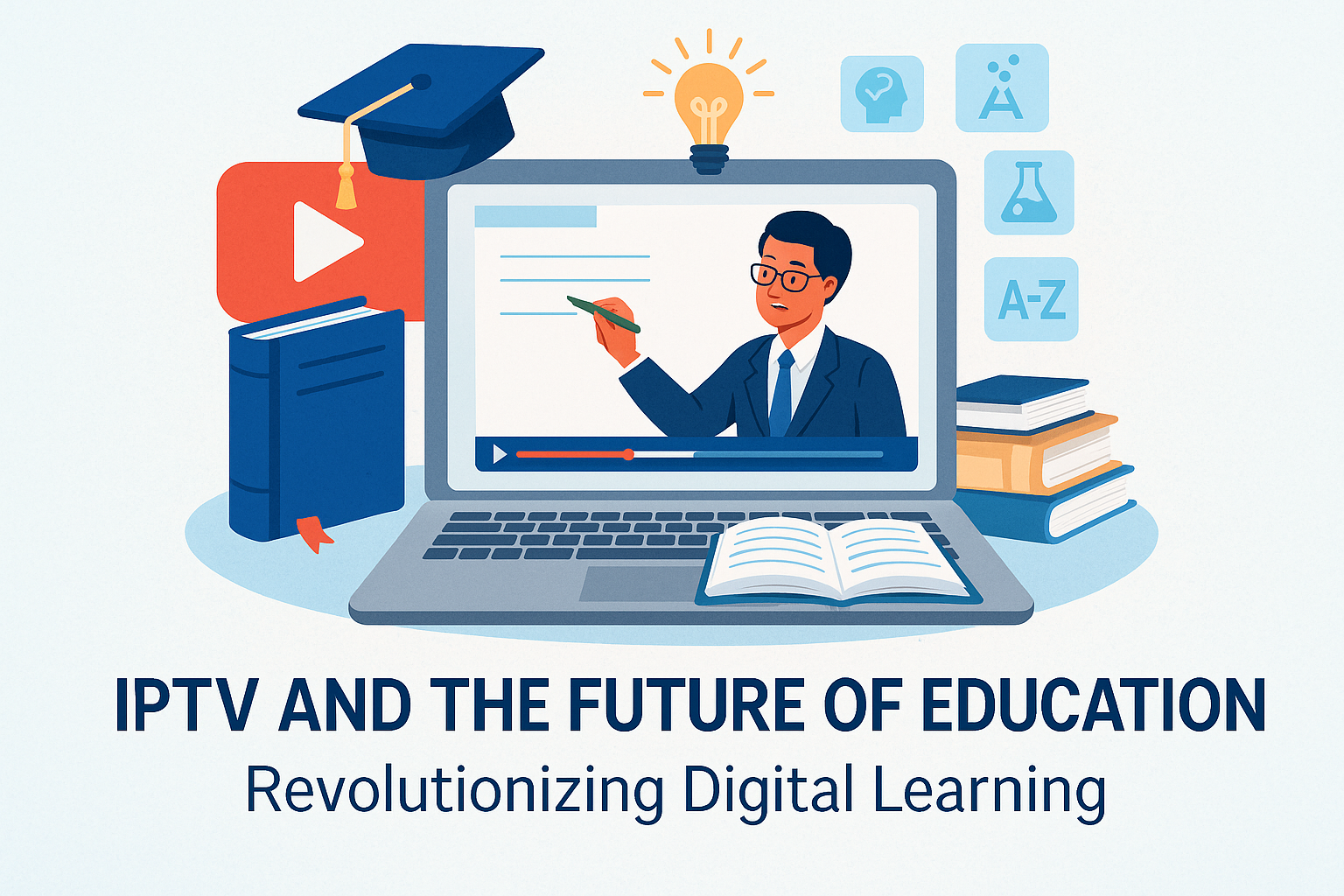
In a world rapidly embracing digital transformation, education is undergoing a massive shift. One of the unsung heroes behind this transformation is IPTV (Internet Protocol Television). While traditionally known for entertainment, IPTV is now proving to be a game-changer in the realm of digital learning.
1. What Is IPTV and How Does It Work in Education?
IPTV uses internet protocols to deliver video content, eliminating the need for satellite or traditional cable systems. In an educational setting, this means lectures, training sessions, and interactive classes can be streamed live or on demand — anywhere, anytime.
2. Advantages of IPTV in Learning Environments
- Accessibility and Flexibility
Students can access lessons from home, school, or on the go, making education more inclusive for remote and underserved regions. - Interactive Learning
IPTV supports real-time quizzes, polls, and interactive feedback tools, creating an engaging and immersive learning experience. - Cost-Effective Infrastructure
IPTV eliminates the need for expensive broadcasting equipment. All that’s required is a stable internet connection and a device — even a smartphone. - Content Personalization
Teachers can upload customized modules, students can replay lessons, and institutions can curate their own content libraries tailored to different levels and subjects.
3. Use Cases Around the World
From university lecture halls in Europe to rural schools in Africa, IPTV is being used to deliver lessons, host guest speakers via live stream, and even offer 24/7 access to educational channels.
4. Integration with E-Learning Platforms
IPTV is increasingly being integrated with popular LMS (Learning Management Systems) like Moodle or Blackboard. This enhances the e-learning experience with video, audio, and interactive features — all in one place.
5. Challenges and Considerations
- Bandwidth Limitations in some areas
- Data Privacy and ensuring content security
- Digital Literacy to make full use of the technology
However, with the growing penetration of high-speed internet and digital devices, these challenges are steadily being addressed.
Conclusion: The Future Is Now
IPTV is not just a tool for watching content — it’s a bridge to educational equity and innovation. As institutions look to future-proof their learning environments, IPTV stands out as a powerful, flexible, and cost-efficient solution for digital education.
SEO Tags
IPTV in education, digital learning, e-learning IPTV, streaming education, remote learning, future of education, smart classrooms
